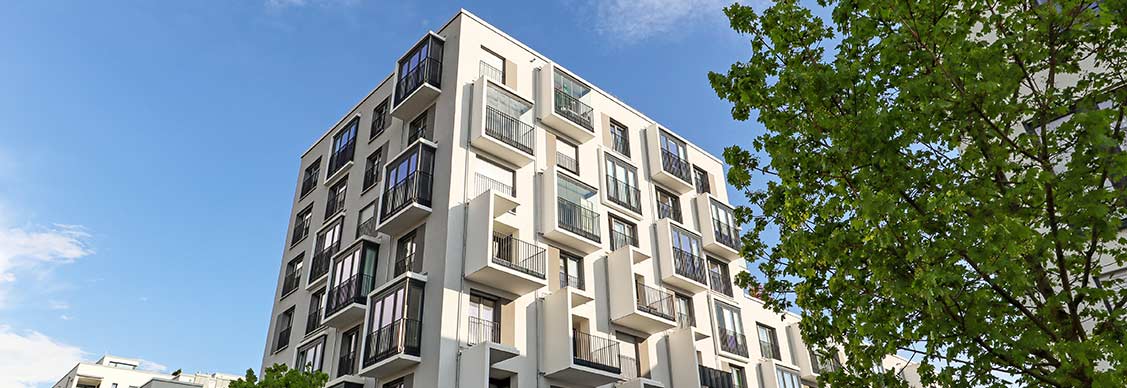Addressing Dubai’s continued shortage of affordable housing
Real Estate insights by Vishwa Karthik, Director, Strategic Consulting, MENA
Access to affordable housing in Dubai has posed a challenge over the years and this remains the case today. In 2015, JLL estimated that around 20% of new stock delivered to the real estate market was ‘affordable’. At that time, the most an average household in Dubai could afford to pay for their housing (assuming the global benchmark of housing accounting for 30% of the total household income) was an annual rent of AED72,000 or a sale price of AED 790,000.
While the precise numbers may have changed over time, there is little doubt that the vast majority of housing available today remains unaffordable to many of the middle-income professionals that Dubai needs to attract to comply with its vision to elevate the city into a global platform for knowledge-based, sustainable and innovation-focused businesses.
Why this matters ?
The lack of affordable housing is effectively preventing many families who would otherwise be keen to live and work in Dubai from doing so. It also contributes to a wide range of social and economic problems including: -
Excessive rents forcing families into unsatisfactory housing options.
Overcrowding and dormitory style sharing in older central locations such as Bur Dubai and Al Satwa
High commuter traffic on major routes (particularly those linking Dubai and Sharjah) resulting in increased levels of carbon emission.
Excessive travel times, resulting in stress and a reduction in quality of life.
Concentration of singles in older national housing areas, resulting in environmental degradation and social problems.
Potential solutions:
The Dubai 2040 plan recognises the need for a multi-faceted approach involving a combination of different initiatives to increase the supply of affordable accommodation. A critical component for a sustainable long-term solution is to incentivise the private sector to provide more affordable housing. The following are some of the approaches that are worth exploring:
Provision of free or heavily subsidised land for affordable housing projects. This approach has been used to good effect in other Arab nations such as Egypt and Morocco where the government has ownership of large strategic land holdings.
Provide an element of ‘planning gain’ through higher plot ratios or lower parking requirements for affordable housing schemes. These measures have been used in the UK and Singapore to reduce development costs and effectively subsidize affordable housing projects.
Establishment of a dedicated regulatory organization responsible for the supply and allocation of affordable housing units under the control of the newly created Supreme Committee of Urban Planning in Dubai.
Creation of ‘escrow like’ structures to manage affordable housing assets. These bodies should be empowered to attract direct and indirect funding from both private and government agencies. Community based housing associations in the UK have utilised such structures to effectively subsidise the rental income they receive from low-income tenants.
Government agencies could also aid affordable housing communities by funding and delivering multi-modal transport systems that provide residents with quick and easy access to the rest of the city.
Legislative measures may be required to ensure developers deliver an agreed amount of affordable stock to the government agency responsible for leasing and managing these projects.
Rental caps may have an important role to play as historical evidence suggests that much of the initially affordable supply will not remain affordable over time.
In summary, the creation of more affordable housing for both rent and sale is critical to the success of the Dubai 2040 vision and maintaining the cities competitive advantage. The creation of a specific high level urban planning committee and the need for more formal policies are signs that policy makers are aware of the importance of matching the demands of middle income groups with the right kind of supply. The success of these initiatives remains to be seen, but the growing consensus that something needs to be done is itself an encouraging step towards a positive change.
